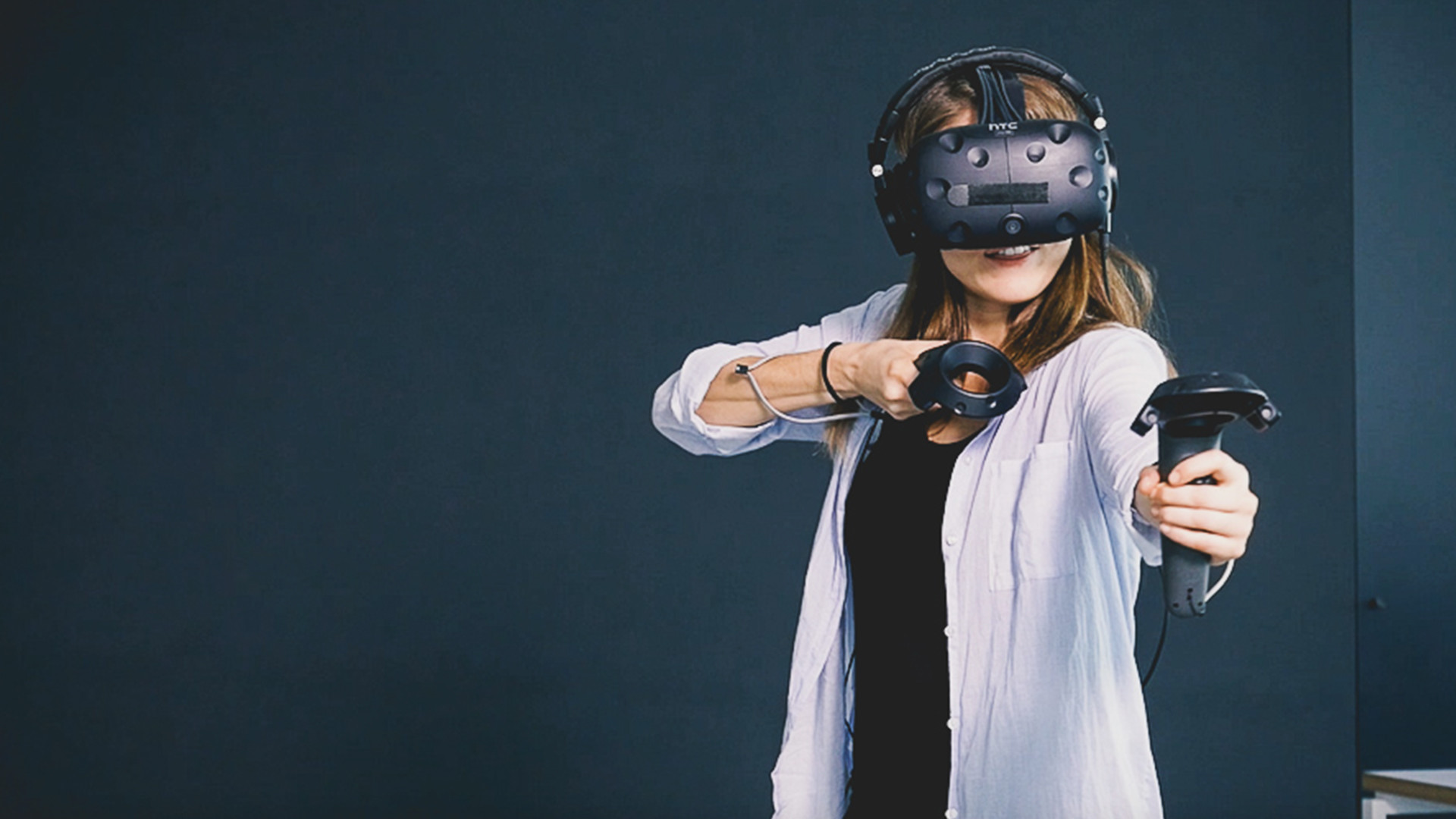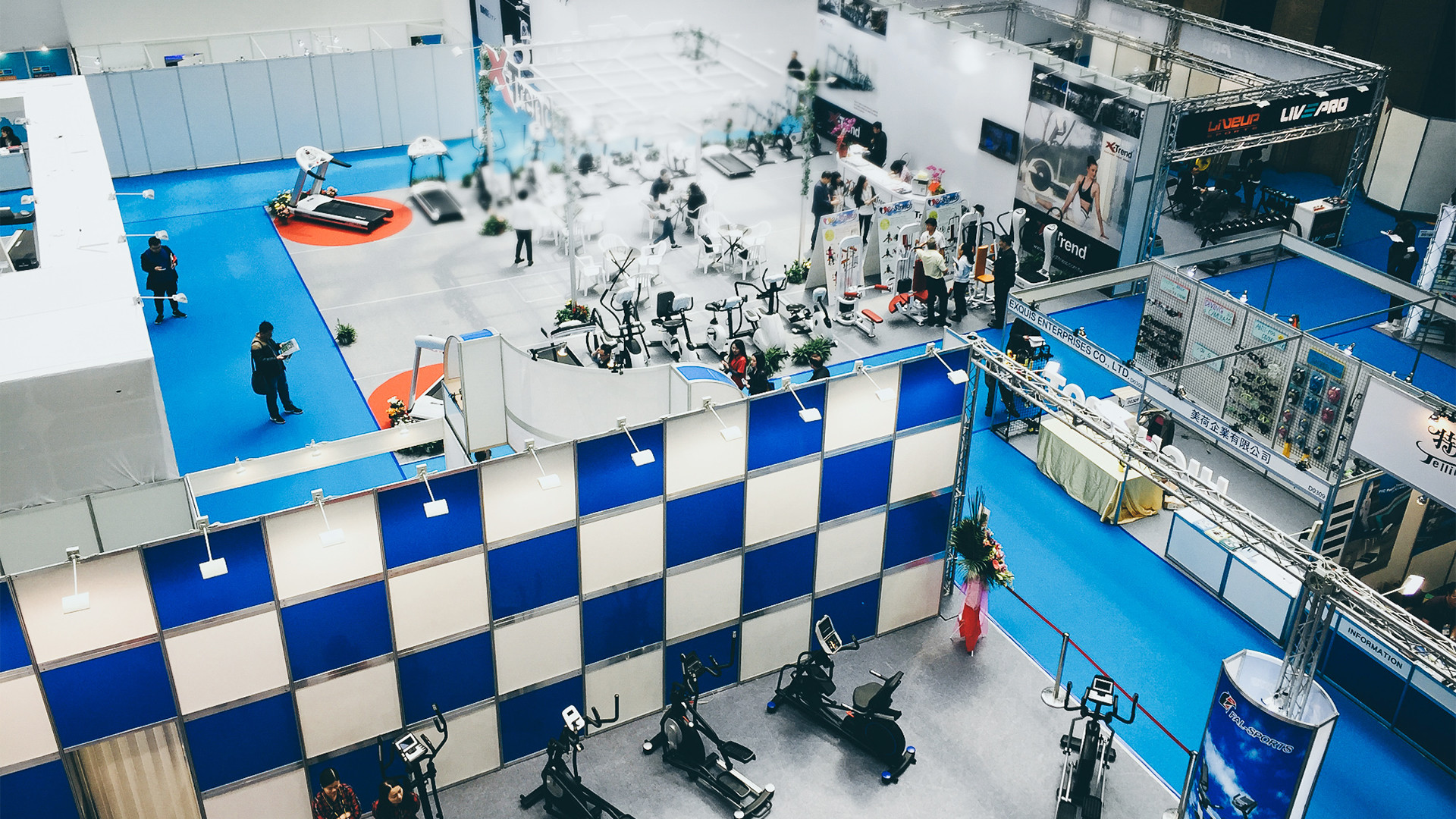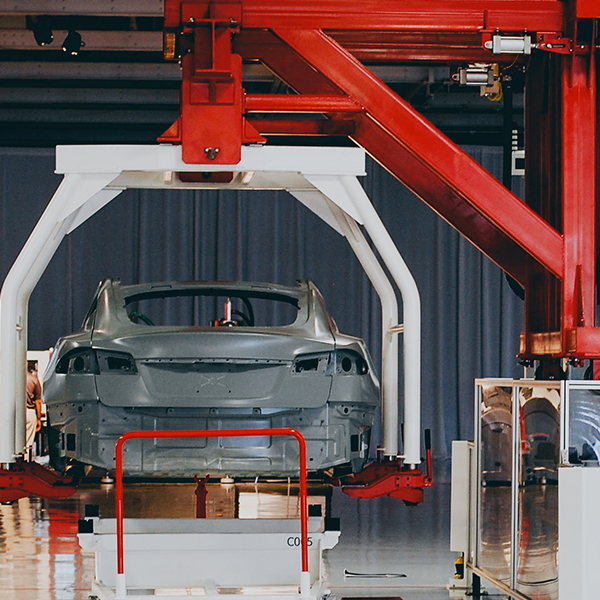DDG invited marketing managers and executives to our office in Beimen for our 5th GREATivities event. The aim was to share thoughts on the use of virtual reality (VR) as a brand marketing tool. As well as representatives from a host of Taiwanese companies in the audience, the speakers included DDG branding experts, leading VR developers HyperBot Studio, companies experienced in using VR as a marketing tool such as Cooler Master, as well as hardware manufacturer HTC, and CJS Interactive, a VR industry partner that seeks to provide a bridge between VR development communities in Taiwan and Silicon Valley.
The fact that our inaugural VR4Brand event was at least three times oversubscribed showed the appetite and interest in VR and associated technologies among companies in Taiwan.
And why not? Studies by Greenlight Insights and Touchstone Research, both US-based VR research houses, show that brands engaging with VR are viewed as innovative, and Taiwan is home to a raft of brands that count innovation among their chief attributes. What’s more, those studies also indicate that one in two consumers think they would be more likely to purchase from a brand that backs a VR experience.
But VR does not offer a shortcut to better brand image and higher sales. It is first and foremost a tool for deepening brand experience. It offers brands that have a thorough understanding of their brand and its values a means of creating instant, meaningful and memorable impact. As anyone who has tried a headset knows, there is an immediate desire to take action after the event; to tell as many friends as possible about how great it was. This ability to transport (in a psychological sense), to entirely immerse a user and blow their mind, is what sets VR apart from other mediums. The effect is particularly appealing in an age when the impact of TV and related advertising is on the wane, and use of online ad blockers is on the rise.
Brands understandably want to harness this force and be part of the powerful word-of-mouth marketing it can generate. What’s more, experimenting with VR almost invariably generates media coverage. As VR developer Dilun Ho of HyperBot Studio said during the event, “The biggest obstacle to the development of VR at the moment is the lack of content.” As such, many brands are not just releasing 360 or cinematic reality (CR) videos online, they are releasing documentaries about how they made those videos in the first place, essentially doubling through on the rewards for their endeavors.
We are also in a forgiving age of experimentation that accompanies the first wave of any new technology. As VR and its audience matures, so will the complexity and depth of the content. Consequently there is considerable incentive to take first mover advantage–to be the brand that first brings a VR experience to an uninitiated user, and to learn the ropes before the circus leaves town.
Yet brands attending the VR4Brand event appeared cautious. Many seemed unsure which technology was most appropriate for their brand, a feeling accentuated by media confusingly referring to VR-related technologies like cinematic reality (CR) and 360 video as “VR”. During the event, CJS Interactive’s Faust Chou clarified exactly what’s what when it comes to defining these and other technological terms, and offered well thought out examples of which applications they are best suited for.
For Cooler Master, whose brand is built around empowering makers and creators, it is enough to sponsor and support VR developers. Cooler Master showcased how its support for VR development in Taiwan had resulted in their logo being placed within HyperBot Studio’s LyraVR experience, which allows users to compose and interact with musical sequences in 3D. Cooler Master’s confidence in its brand positioning allowed it to use VR in an innovative and on-brand way, without actually developing an experience directly related to its brand.
Another important aspect of storytelling is knowing your audience. At the VR4Brand event, developer Dilun Ho of HyperBot Studio showcased an experience he created for Taiwanese motherboard maker MSI. Ho used Unreal Engine 4 to create a VR “Electric City” that pulses with black and red (MSI’s brand colors), darkness and excitement, drawing on nostalgic connections to movies like Blade Runner and Tron that Ho knew would resonate deeply with MSI’s target audience of high-octane gamers.
Finally, finding your audience is just as important as knowing them. If you open a popup event in a mall to showcase a VR game that requires users to have experience in your industry, a member of the public will likely be confused and disorientated. Take it to a recruitment fair or trade show, however, and a potential customer or new hire may warm to the task.
Of course, the stronger a brand’s understanding of its positioning and personality, the easier it is to account for these factors and for VR developers to work effectively. At DDG, we’ve been helping companies refine their thinking about brand and embrace the creative challenges that follow for more than 20 years. Now, as VR opens up a new spectrum of opportunities for brands, we’re more excited about the potential of our work than ever.



